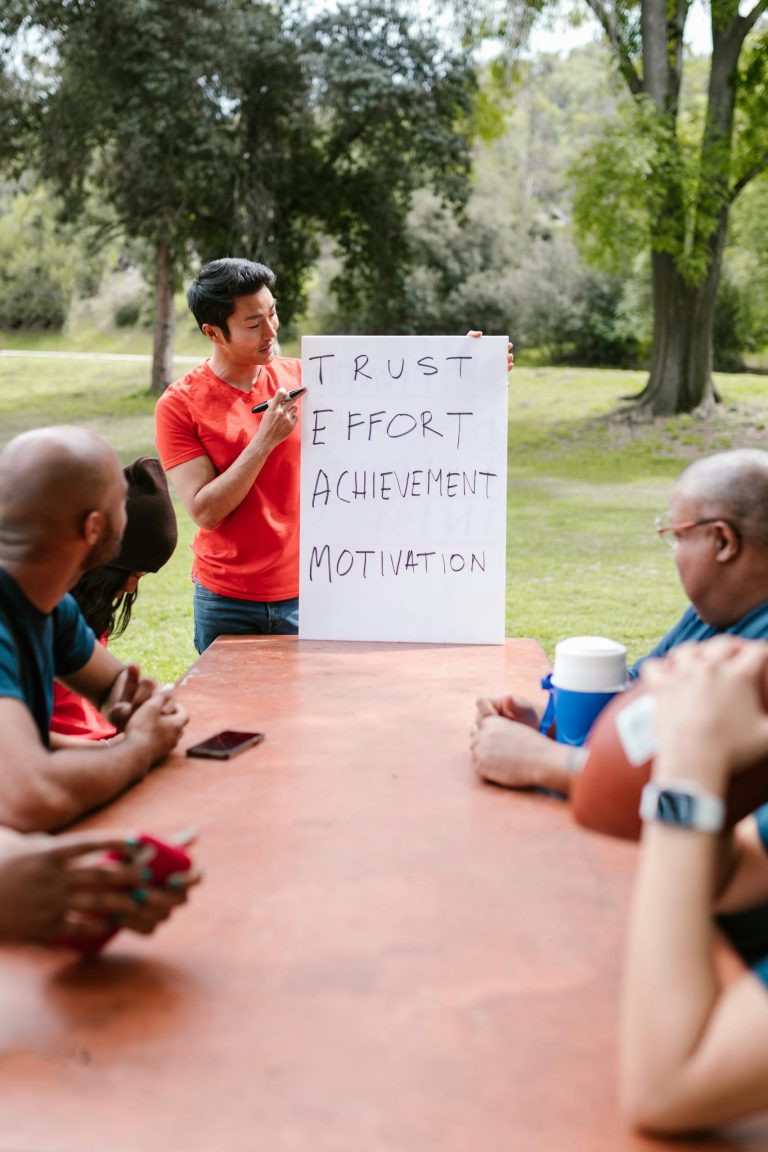Understanding Situational Leadership: How to Adapt Your Style to Fit Your Team
When I first became a manager, I thought I had to be consistent. Clear, firm, maybe even a little hands-off—after all, no one likes a micromanager. But a few weeks in, I realized something wasn’t working: some people were lost without direction, others were frustrated by too much of it. That’s when I learned my first real lesson in leadership: you can’t treat everyone the same and expect the same results.

Leadership isn’t a fixed style—it’s a conversation. One that changes depending on who you’re leading, what they’re facing, and where they are in their own development.
Why One-Style Leadership Fails
Most new leaders lean into what they know. If we value independence, we encourage autonomy. If we crave structure, we create strict processes. But leading based on our own preferences quickly creates gaps—especially when the people we lead are in a completely different headspace.
Some teammates are confident but inexperienced. Some are skilled but insecure. Some need a roadmap. Others need us to step out of the way.
What they all have in common is this: they need different things from us, at different times.
How to Adjust Your Leadership Style
So how do you actually “adapt” your leadership?
Start by asking two simple questions about the task or challenge your team member is facing:
- Do they know how to do it?
- Do they feel confident doing it?
These two questions tell you a lot. If someone’s lacking both skills and confidence, they’ll likely need clear direction and guidance. If they know what to do but are unsure of themselves, they may benefit more from encouragement and support. And if they’re both capable and self-assured? Step back—let them own it.
Adapting your style doesn’t mean being unpredictable or inconsistent. It means being attentive and responsive. The goal is to give people what they need right now—not what worked last month or what fits your personal default.
Leadership Is a Moving Target
One of the most overlooked truths in leadership is that people grow. A team member who needed daily check-ins six months ago might now be your most reliable problem-solver. And someone who was thriving yesterday might be struggling with burnout today.
That’s why effective leadership is not about picking a style and sticking to it. It’s about noticing the shifts, having honest conversations, and adjusting how you show up—again and again.
Think of yourself less as a commander and more as a calibrator. Your job is to tune into what’s happening on the ground, adjust the signal, and help your people operate at their best.
What This Looks Like in Practice
- When someone’s just starting something new, don’t disappear—give them clarity, expectations, and structure.
- When they start figuring it out, check in often—ask questions, encourage effort, and help them connect the dots.
- Once they’re capable and confident, get out of their way—and make space for ownership.
- And if their motivation dips or things go sideways, circle back—talk it through, offer support, and reset together.
This kind of leadership takes presence, patience, and emotional range. But it’s worth it. Because when people feel seen and supported, they give you their best—not out of fear or pressure, but out of trust.
The Bottom Line
Leadership isn’t about choosing a style—it’s about choosing to pay attention. The more you observe, the more you adapt, the more your team thrives. And that’s not weakness or inconsistency. That’s real leadership.
If you’re just beginning your journey as a leader, check out our course First-Time Leader: Start Leading with Confidence. It’s designed to help new managers build trust, communicate clearly, and develop the practical skills they need to lead with clarity and purpose—from day one. Start strong, lead smart.
About the Author
Jessica Nguyen is a Leadership Communications Specialist and author at MajorLeader. Combining her expertise in communication science and organizational effectiveness, Jessica creates content that equips leaders with clear, impactful communication skills. She believes strongly in empowering leaders to inspire trust, foster collaboration, and create inclusive working environments.




